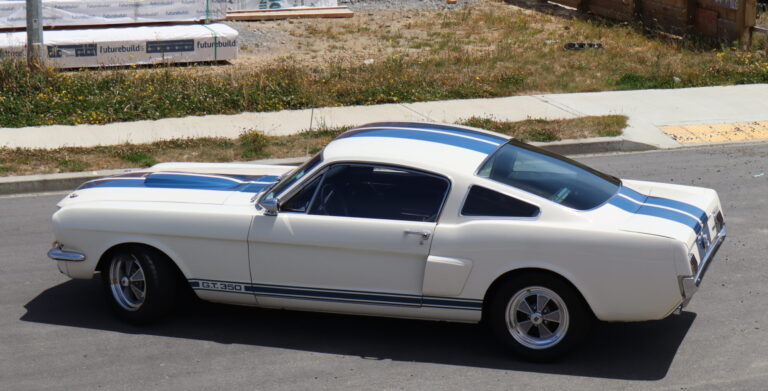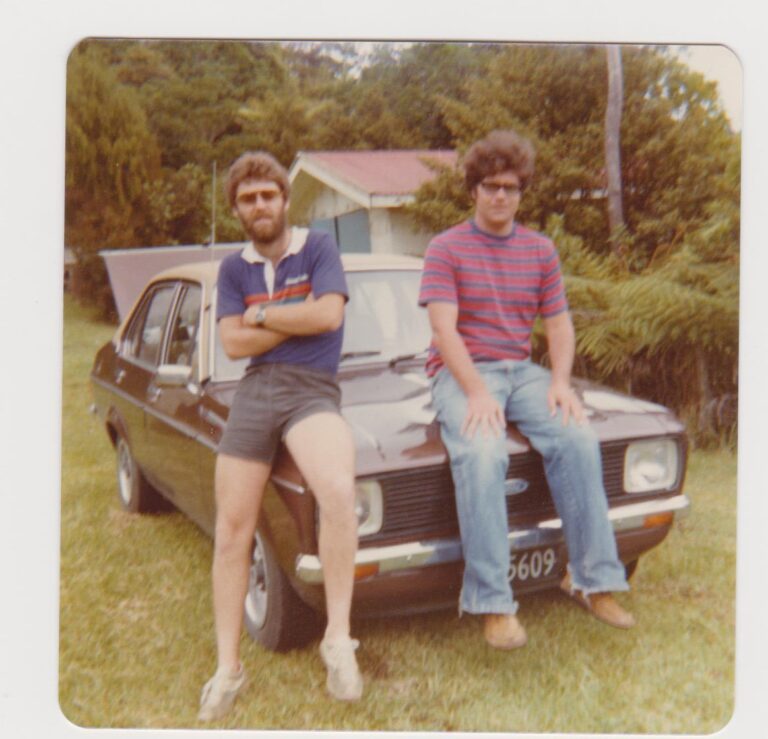It’s been confirmed that the two-day Highlands Festival of Speed — Muscle Car Battle, to be held over the weekend of January 30–February 1, 2015, has been paired with the popular Aussie Racing Cars.
Powered by 1.2-litre, 125hp, twin-cam, 16-valve engines and weighing only 450kg, the Aussie Racing Cars (ARC) will easily reach 230kph plus on the Highlands’ circuit straights. Constructed on a purpose-built space-frame chassis, the cars sport one of numerous composite panel designs, including the classic ’40 Ford and FJ Holden body styles, Ford Falcon, and Holden Commodore. This year ARC designers have taken inspiration from American muscle, including characteristics from Ford’s Mustang and Chevrolet’s Camaro.

All cars are approximately half the size of their full-sized counterparts and all mechanically identical. On top of that, Falcon GTs, Boss Mustangs, Chevrolet Camaros, Chrysler Chargers, Holden Monaros, and the giant-killing Holden Toranas are just some of the iconic muscle cars you’ll see racing throughout that weekend. Then there’s the other categories competing — modern and classic saloons, vintage and classic single seaters, and Formula Libre open-wheelers.

Taking place at the world-class Highlands Motorsport Park, fans can enjoy classic car racing, classic and retro displays of cars, motorcycles, caravans, and boats, as well as other fun, classic entertainment for the family.
Highlands’ General Manager, Mike Sentch, is looking for a range of vehicles, from hot rods to immaculate classics — if you reckon your car fits the bill, get in touch with him at [email protected]. There’s no charge, and you’ll be provided with one free weekend pass if your vehicle is chosen.


